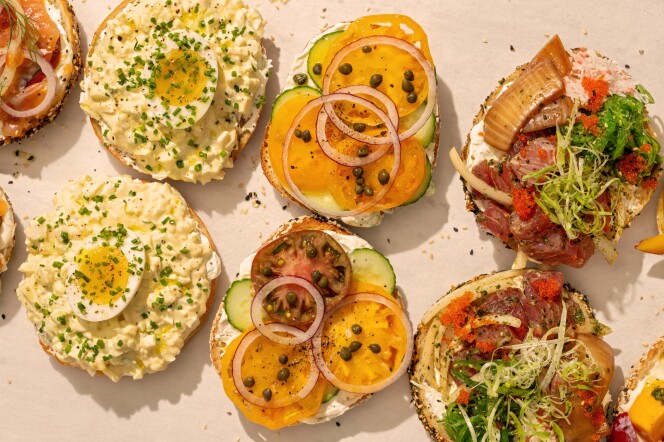With our free press under threat and federal funding for public media gone, your support matters more than ever. Help keep the LAist newsroom strong, become a monthly member or increase your support today.
These LA Artists Want To Dismantle The Valley Girl Cliché

Everything you need to know about the Valley Girl stereotype can be found in this two-and-a-half minute clip from the 1983 film of the same name.
Scene set in a mall? Check.
Featuring white people -- mostly women? Check.
"Like," "for sure," "as if" used heavily, plus some upspeak? Check and check.
The stereotype of a blonde-ditz with a credit card and shallow materialism to match has been around for almost four decades, with plenty of examples in songs, movies* and recent celebrity impressions.
But a group of Valley artists is now saying enough is enough. For about a decade, creative collective 11:11 has brought Valley women artists in the San Fernando Valley together to demolish the cliché.
Their latest exhibit, in partnership with Brand Library & Art Center in Glendale, is called "Valley Girl Redefined" and runs through March 22.
A TIME FOR 'VALLEY WOMEN'
According to Erin Stone, the exhibit's curator, there's no better time to take back the "Valley girl stigma."
"I think that the stereotype of the Valley girl has affected the global identity of womanhood," she said. "Which is why now, in 2019, this is a story that needs to be told... I think women all over the world feel that. So I really do see the redefining of the Valley girl being a redefinition of women in general."

One of the artists featured at the exhibit is Monica Sandoval, one of her works on display is a large scale self-portrait photograph of her as a self-proclaimed fat Latina woman. According to Stone, it was important for Sandoval to include the word "fat" and to show that, though her waistline is not in line with the stereotype, she very much still is a Valley girl.
Even though Sandoval grew up in Sylmar and San Fernando, she never looked or felt like she fit the Valley mold. It's a sentiment Stone ran into quite a bit when speaking with Latina women and curating the show.
"I would mention Valley girl (stereotype) and they would say, 'but that's not me.' But that's why this is a redefinition -- it does represent you," she said. "Women of all shapes, all sizes, all colors, all socioeconomic demographics have a place as a Valley girl. They are Valley women."

This theme can also be seen in another artist whose work is showcased at the exhibit, Kathi Flood.
Flood's work includes two antique dress forms, of varying sizes. The forms have etchings that have been collaged onto the dress forms made to look like a map and showcase the famous grid of the San Fernando Valley. The parallel and perpendicular streets cross over each other while Ventura Boulevard, one of the main arteries running through the Valley, is draped over the mannequin shoulder like a sash.
The thicker dress form has the Valley's natural features. The waistline is the base of tree etchings that come up and depict different animals coming off of that waistline and up towards the neckline.
"What I really love about these pieces is they show altogether was very important to show the connection between the woman and the geography," said Stone, "How the SFV shaped who we are and this, I think, is the perfect visual representation of that."
Unlike the stereotype suggests, there's so much more to Valley culture than the mall. Janna Ireland's pieces remind the observer of the Valley's past by prominently featuring orange groves. Meanwhile, Casey Kauffmann's mixed-media wall reflect her experience as a Valley girl and the shift in perspective with time and distance.

But can a globally-known stereotype that's survived nearly 40 years be shattered? These artists believe so.
"It's time for us to tell our story and us to tell our story exactly how it is and how we believe that it is. I think that Valley Girl Redefined is in direct extension of that," Stone said. "(It's) old news for people outside of the San Fernando Valley or from the runoff of Hollywood or even globally telling the Valley Girl what she is... the 'likes' and 'for sures' make her a certain thing that is less respected than we should be. We're standing up and screaming 'it's our time to tell our story!'"
* Editor's note: Yes, we know Cher is technically from Beverly Hills, but she's like, for sure a Valleyspeak offender, okay?
A version of this story was also on the radio. Listen to it on KPCC's Take Two.







